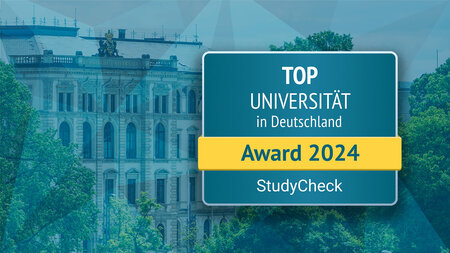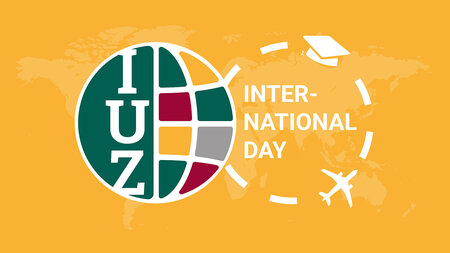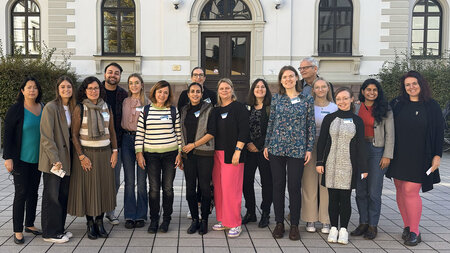Why are Megachurches Attractive? Network Structures and Cultural Reproduction of a New Organizational Form in the U.S.
Principal investigators:
Prof. Dr. Thomas Kern
Prof. Dr. Uwe Schimank
Staff:
Dr. Insa Pruisken
Duration:
August 2012 - March 2016
Funding:
Deutsche Forschungsgesellschaft
Background:
Megachurches have become a widespread phenomenon around the globe. Congregations are considered megachurches if their weekly services are attended by more than 2,000 adults. Although very large congregations have existed throughout the history of Christianity, their number has been rising sharply since the 1970s. Currently, there are more than 1,600 megachurches in the United States alone. While economic explanations for the extraordinary growth of congregations abound, more research is needed to explore the role of social networks for the recruitment of new attenders. Sociologists are also called to identify key features responsible for the success of megachurches as a new organizational form. Most importantly, tracing the rise of the megachurch movement may reveal profound transformations of spiritual culture in America.
Objective:
The project seeks to provide insights about growth trajectories typical for megachurches by describing the specific niche they occupy in terms of the characteristics of their members, their embeddedness in organizational networks, and their positioning in the overall spiritual landscape.
Key Questions:
- How do megachurches mobilize new members?
- What are key characteristics of megachurches as a new type of congregation?
- How are megachurches culturally embedded in a network of meanings, ideas, and values?
Methodology:
The study follows a multilevel case study approach with four congregations located in Texas serving as research sites. In January and February 2012 Insa Pruisken and Janina Coronel have conducted about 70 interviews with staff members of the four churches in order to gather information about the organizations’ structure and goals. During June and July an online survey will be distributed to the members of the congregations. Questions will deal with their individual recruitment, their participation in church activities, and their affiliations with other organizations. Finally a semantic network analysis of organizational documents and religious publications important for congregation members will be conducted.





